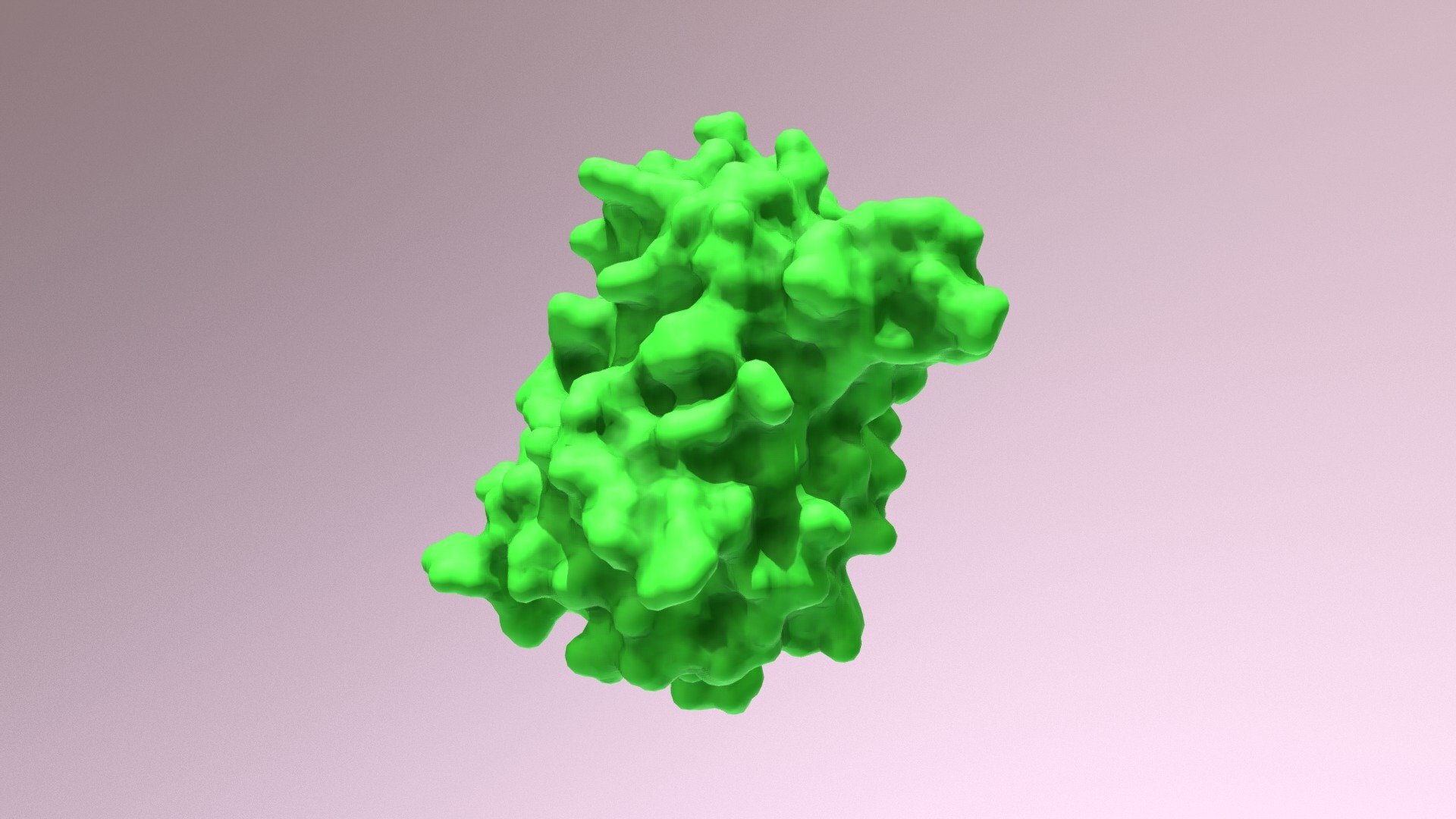
Green Fluorescent Protein (GFP) is a marvel of nature, lighting up the world of science with its glowing green hue. Discovered in jellyfish, this protein has become a staple in biological research. But what makes GFP so special? Its ability to fluoresce under blue or ultraviolet light allows scientists to track cellular processes in real-time. Imagine watching cells communicate, divide, or even fight off infections—all thanks to GFP. This tiny protein has revolutionized our understanding of biology, making the invisible visible. Ready to dive into 50 fascinating facts about GFP? Let's illuminate the wonders of this glowing protein!
Key Takeaways:
- GFP, found in jellyfish, glows green under UV light and revolutionized scientific research. It helps study diseases, track cellular processes, and even has fun applications like creating glowing pets!
- GFP's versatility extends from medicine to space research, making it a valuable tool for future diagnostics, personalized medicine, and sustainable agriculture. Its glowing properties continue to illuminate the path of scientific discovery.
What is Green Fluorescent Protein (GFP)?
Green Fluorescent Protein (GFP) is a naturally occurring protein that glows green under ultraviolet light. Originally found in jellyfish, GFP has become a vital tool in scientific research.
- GFP was first discovered in the jellyfish Aequorea victoria.
- The protein emits a bright green fluorescence when exposed to blue or ultraviolet light.
- GFP consists of 238 amino acids.
- It has a unique structure called a beta-barrel, which houses the chromophore responsible for its fluorescence.
- The chromophore forms spontaneously without the need for additional enzymes or cofactors.
Historical Milestones of GFP
The journey of GFP from a marine curiosity to a scientific marvel is filled with fascinating milestones.
- GFP was first isolated in 1962 by Osamu Shimomura.
- In 1994, Martin Chalfie demonstrated that GFP could be expressed in other organisms, revolutionizing biological research.
- Roger Tsien enhanced GFP's fluorescence and created various color mutants.
- In 2008, Shimomura, Chalfie, and Tsien were awarded the Nobel Prize in Chemistry for their work on GFP.
- The discovery of GFP paved the way for the development of other fluorescent proteins.
Applications of GFP in Research
GFP's ability to glow has made it an indispensable tool in various fields of research.
- GFP is used as a reporter gene to study gene expression.
- It helps visualize cellular processes in real-time.
- GFP-tagged proteins allow researchers to track protein localization and movement within cells.
- It aids in studying protein-protein interactions.
- GFP is used in the development of biosensors.
GFP in Medicine
Beyond basic research, GFP has significant applications in medical science.
- GFP helps in understanding disease mechanisms by visualizing cellular changes.
- It is used in cancer research to track tumor growth and metastasis.
- GFP aids in the study of neurodegenerative diseases like Alzheimer's.
- It is used in gene therapy research to monitor the delivery and expression of therapeutic genes.
- GFP helps in drug discovery by visualizing the effects of potential drugs on cells.
GFP Variants and Mutants
Scientists have developed numerous GFP variants to expand its utility.
- Enhanced GFP (EGFP) has improved brightness and stability.
- Blue Fluorescent Protein (BFP) and Cyan Fluorescent Protein (CFP) are color variants of GFP.
- Yellow Fluorescent Protein (YFP) is another popular GFP variant.
- Red Fluorescent Protein (RFP) was developed from a different marine organism but inspired by GFP.
- Split GFP allows the study of protein interactions by reconstituting fluorescence when two protein fragments come together.
GFP in Environmental Science
GFP's applications extend beyond the lab to environmental science.
- GFP is used to monitor pollution levels by tagging microorganisms that respond to contaminants.
- It helps study the effects of environmental changes on marine life.
- GFP-tagged bacteria are used in bioremediation to track the breakdown of pollutants.
- It aids in understanding the spread of invasive species by tagging and tracking them.
- GFP is used in agricultural research to study plant-pathogen interactions.
Fun Facts about GFP
GFP's journey is not just about science; it has some fun and quirky aspects too.
- GFP has been used in art projects to create glowing plants and animals.
- It inspired the creation of "GloFish," genetically modified fluorescent fish sold as pets.
- GFP has been featured in science fiction movies and TV shows.
- The protein's discovery and applications have been the subject of numerous documentaries.
- GFP has even been used in educational kits to teach students about genetics and molecular biology.
GFP in Biotechnology
GFP's versatility makes it a valuable tool in biotechnology.
- GFP is used in synthetic biology to create biosensors and bio-computers.
- It aids in the development of genetically modified organisms (GMOs) for agriculture.
- GFP-tagged cells are used in tissue engineering to monitor cell growth and differentiation.
- It helps in the production of recombinant proteins by tracking their expression in host cells.
- GFP is used in the development of biofuels by studying the metabolic pathways of algae.
GFP in Space Research
Even space research benefits from GFP's glowing properties.
- GFP is used to study the effects of microgravity on cellular processes.
- It helps in understanding how space travel impacts human health by visualizing changes in astronaut cells.
- GFP-tagged organisms are used in experiments on the International Space Station.
- It aids in studying the potential for life on other planets by monitoring microbial responses to extreme conditions.
- GFP helps in developing life support systems for long-duration space missions.
Future Prospects of GFP
The future of GFP research holds exciting possibilities.
- GFP could be used in developing new diagnostic tools for early disease detection.
- It may aid in creating personalized medicine by visualizing individual cellular responses to treatments.
- GFP could help in developing new therapies for genetic disorders by tracking gene editing outcomes.
- It may be used in creating sustainable agriculture practices by studying plant responses to environmental stress.
- GFP's versatility ensures it will continue to be a vital tool in scientific research for years to come.
The Final Glow
Green Fluorescent Protein (GFP) has revolutionized science. This tiny molecule, found in jellyfish, has become a beacon for researchers. From tracking cellular processes to aiding in medical breakthroughs, GFP's impact is undeniable. Its discovery earned a Nobel Prize, highlighting its significance.
GFP's versatility extends beyond biology. It's used in art, environmental monitoring, and even as a biosensor. The protein's ability to glow under UV light makes it a powerful tool across various fields.
Understanding GFP's structure and function has paved the way for innovations. Scientists have engineered variants with different colors, expanding its applications. GFP's journey from the ocean to the lab showcases the wonders of nature and human ingenuity.
As we continue to explore GFP's potential, one thing is clear: this glowing protein will keep illuminating the path for future discoveries.
Frequently Asked Questions
Was this page helpful?
Our commitment to delivering trustworthy and engaging content is at the heart of what we do. Each fact on our site is contributed by real users like you, bringing a wealth of diverse insights and information. To ensure the highest standards of accuracy and reliability, our dedicated editors meticulously review each submission. This process guarantees that the facts we share are not only fascinating but also credible. Trust in our commitment to quality and authenticity as you explore and learn with us.


